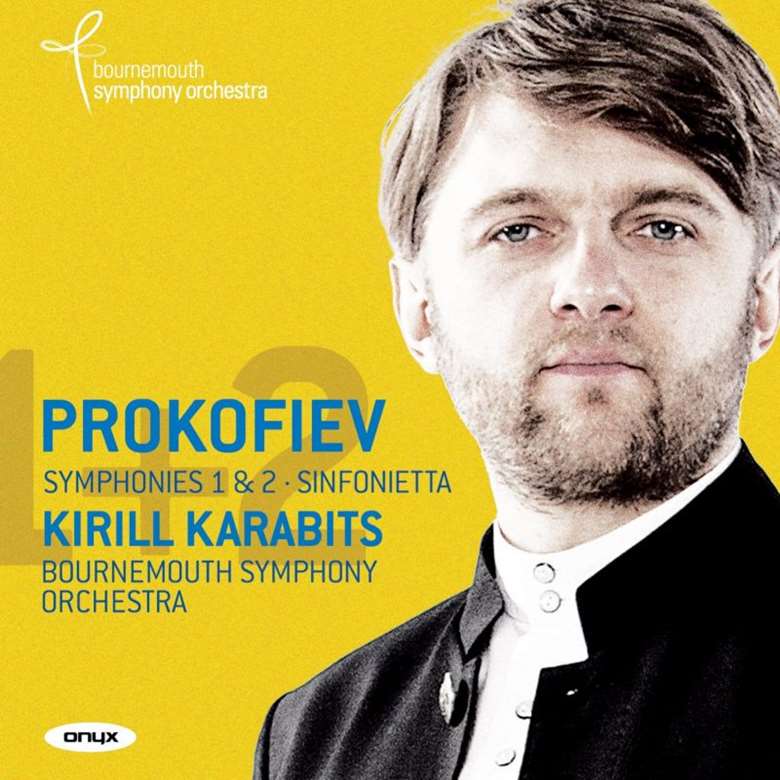Prokofiev Piano Concerto No 3, by Jean-Efflam Bavouzet
Gramophone
Monday, September 5, 2016
Tricky fingerings, hand-crossing…Prokofiev pushes his pianist to the limits, says Bavouzet

Register now to continue reading
Thanks for exploring the Gramophone website. Sign up for a free account today to enjoy the following benefits:
- Free access to 3 subscriber-only articles per month
- Unlimited access to our news, podcasts and awards pages
- Free weekly email newsletter








